Pearls are among the most exquisite natural treasures on Earth. For thousands of years, they have been cherished across cultures—from Ancient Egypt to the Roman Empire—as symbols of wealth, beauty, and sophistication. Today, pearls remain a timeless staple in fine jewelry, admired for their luster, elegance, and rarity. Yet, despite their popularity, many people still wonder: How are pearls made?
The process of pearl formation is as fascinating as the gemstones themselves. While it may seem straightforward, the journey from a microscopic irritant to a radiant, fully-formed pearl is a remarkable feat of nature. In this guide, we’ll explore how pearls are made: the origins of pearls, how they develop inside mollusks, and how they are harvested, prepared, and transformed into stunning jewelry.
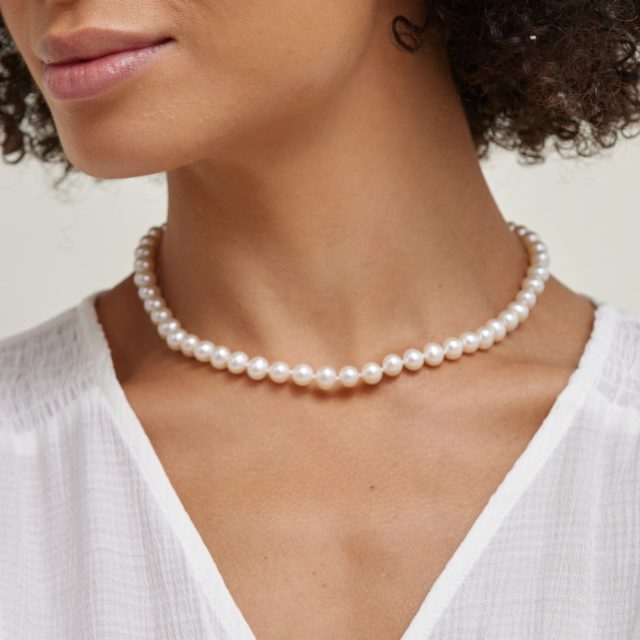
Unlike other gemstones that are mined from the earth, pearls are the only gemstones created by living organisms. They are formed within mollusks like oysters and mussels—yes, like the ones you can eat!
These water-dwelling creatures naturally produce pearls as a biological response to an irritant inside their shell, and most pearls found in the market today are cultivated rather than natural.
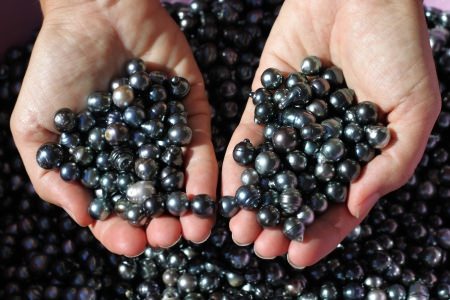
There are several different types of pearls, each with its own distinct characteristics:
| Type of Pearl | Characteristics | Where They Are From |
| Akoya Pearls | Known for their classic round shape and high luster. Typically white or cream with rose, silver, or gold overtones. | Primarily cultivated in Japan, also in China and Vietnam. |
| Tahitian Pearls | Often called “black pearls”, but naturally occur in shades of black, green, peacock, blue, aubergine, and silver. | Cultivated in French Polynesia, particularly around Tahiti. |
| South Sea Pearls | Among the largest and rarest pearls, ranging from 9mm to over 20mm. Available in white, silver, and golden hues. Known for their soft, satin-like luster. | Produced by the Pinctada maxima oyster in Australia, Indonesia, and the Philippines. |
| Freshwater Pearls | Available in a variety of shapes and colors, including white, pink, lavender, and peach. Generally smaller but more affordable than saltwater pearls. | Produced by freshwater mussels in rivers, lakes, and ponds, with China as the leading source. |
Regardless of their type, every pearl begins its journey inside a mollusk through an incredible natural process.

The creation of a pearl starts with a simple yet extraordinary biological reaction, where a pearl forms when a small irritant, such as a grain of sand or parasite, enters a mollusk. The creature instinctively protects itself by secreting a smooth, crystalline substance called nacre (pronounced NAY-kur).
The depth, thickness, and evenness of the nacre are what give pearls their luminous, iridescent glow—often referred to as “orient” in the pearl industry.
The pearls we know and love—Akoya, Tahitian, South Sea, and freshwater pearls—are all nacreous pearls, meaning they possess the signature iridescent glow that makes them so desirable. Their beauty comes from nacre, the luminous substance secreted by mollusks to coat an irritant inside their shells. Layer upon layer of nacre creates the shimmering, multi-dimensional effect that gives pearls their signature luster.
In contrast, non-nacreous pearls, such as conch and melo pearls, lack this iridescent coating and instead have a porcelain-like or flame-like appearance. While both types of pearls are natural gemstones, nacreous pearls remain the most iconic and sought-after for fine jewelry.
For centuries, pearls were among the rarest and most treasured gemstones because they formed naturally, without any human intervention. Natural pearls develop entirely by chance when an irritant—such as a grain of sand or a parasite—enters an oyster or mussel. The mollusk coats the irritant with nacre over several years, creating a pearl. Because of their unpredictable formation, natural pearls are incredibly rare and highly valuable.
However, the introduction of cultured pearls in the late 19th century revolutionized the pearl industry, making these gems more widely available without compromising their organic beauty. Cultured pearls form through the same natural nacre-secreting process, but with human assistance. Pearl farmers carefully implant an irritant into the mollusk to trigger nacre production, ensuring a more predictable and sustainable supply of high-quality pearls.
Today, over 99% of pearls on the market are cultured pearls. While natural pearls remain valuable due to their rarity, cultured pearls have allowed more people to experience the elegance of these gemstones while ensuring sustainability.
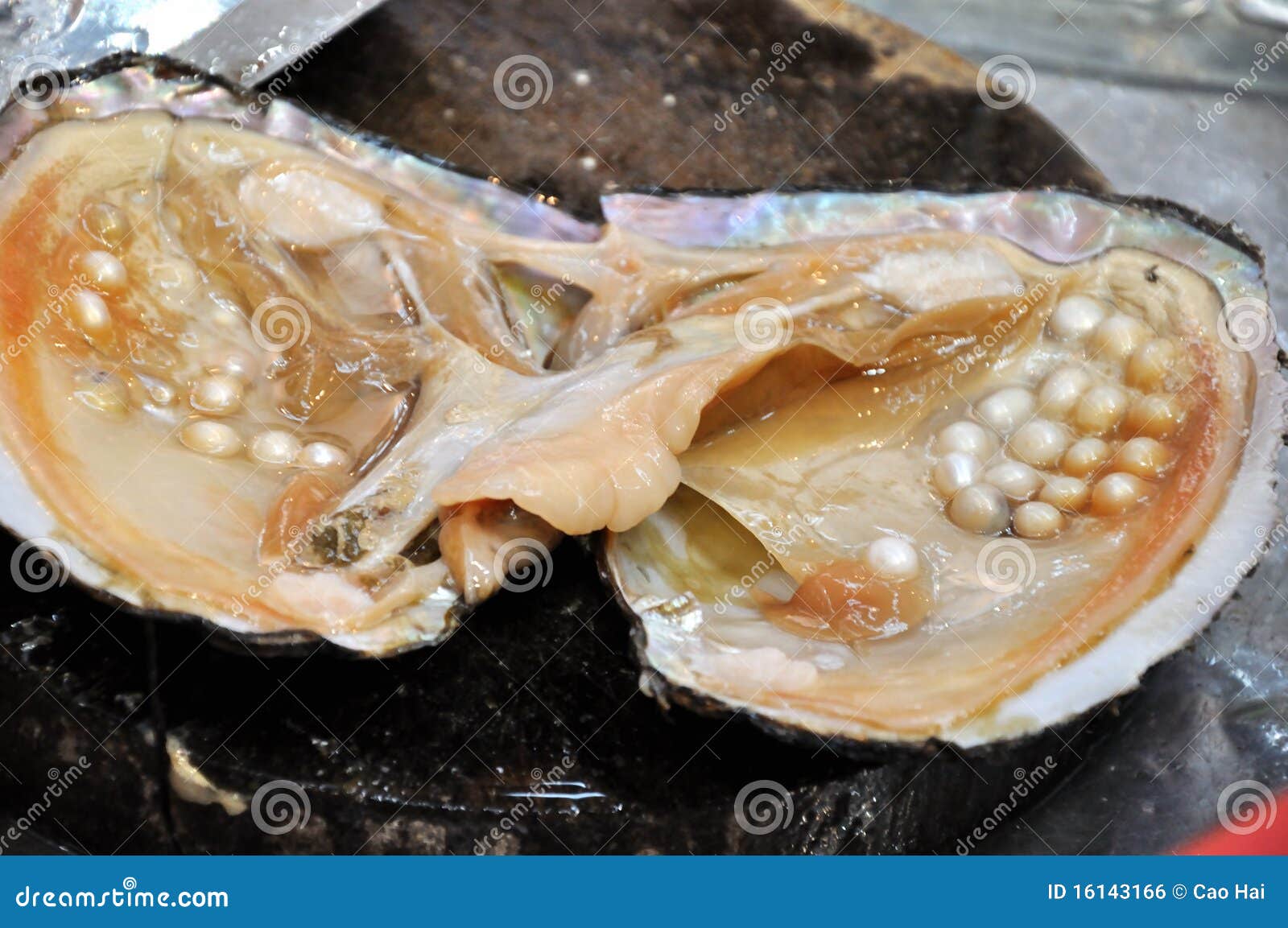
If you’re considering purchasing pearls, the type of pearl you choose—whether Akoya, South Sea, Tahitian, or Freshwater—will influence its color, luster, and overall look.
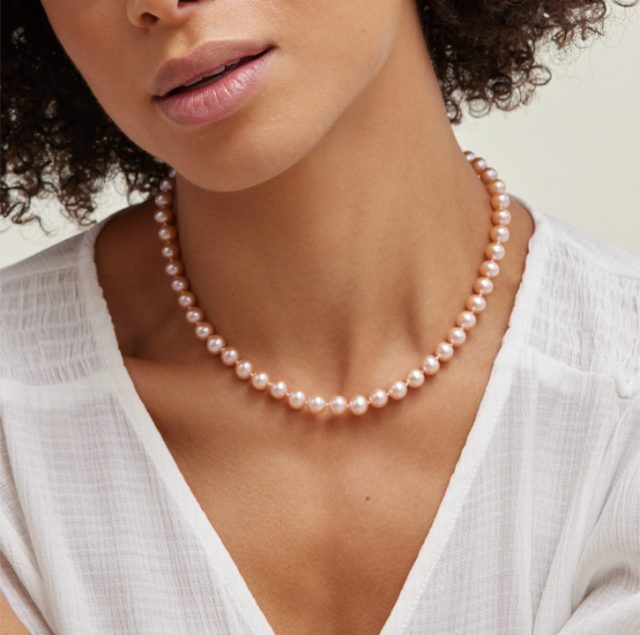
By understanding the different types of pearls, you can better appreciate the unique qualities and origins of these exquisite gemstones.
| Origin | Primarily cultivated in Japan, but also in China and Vietnam. |
| Characteristics | Known for their perfectly round shape, brilliant luster, and classic white or cream tones with subtle overtones of rose, silver, or gold. |
| Why They’re Special | Akoya pearls are the most traditional choice for pearl necklaces and earrings, often associated with bridal and formal jewelry. |
| Origin | Cultivated in French Polynesia, particularly around Tahiti. |
| Characteristics | Often called “black pearls,” Tahitian pearls naturally occur in shades of black, green, peacock, blue, aubergine (eggplant), and silver. |
| Why They’re Special | Unlike dyed pearls, Tahitian pearls develop their dark hues naturally, making them one of the most exotic and sought-after pearls in the world. |
| Origin | Produced by the Pinctada maxima oyster in Australia, Indonesia, and the Philippines. |
| Characteristics | Among the largest pearls, ranging from 9mm to over 20mm, South Sea pearls come in white, silver, and golden hues. Their thick nacre gives them an unparalleled soft, satin-like luster. |
| Why They’re Special | South Sea pearls are considered the ultimate luxury pearl due to their size, rarity, and naturally rich coloration. |
| Origin | Produced by freshwater mussels, such as the Hyriopsis schlegeli and Cristaria plicata species, these pearls are typically found in rivers, lakes, and ponds. Primarily farmed in China, but also in the United States and Japan. |
| Characteristics | Freshwater pearls come in a variety of shapes and colors, including white, pink, lavender, and peach. They are typically smaller than saltwater pearls but are more abundant and affordable. |
| Why They’re Special | Freshwater pearls offer an accessible yet high-quality option for those seeking beautiful pearls at a lower price point. |
Once a pearl has fully developed, it must be carefully harvested to preserve both the gemstone and the mollusk.
Sustainable pearl farming practices prioritize the well-being of the mollusks and their surrounding marine ecosystems. In many cases, oysters can continue producing pearls multiple times throughout their lifespan.
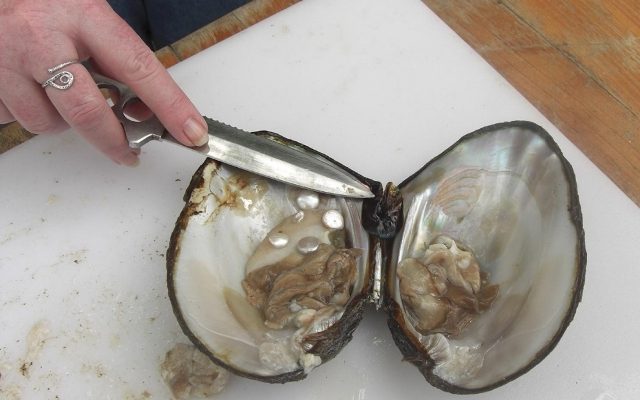
Oysters play a crucial role in the formation of pearls, but their significance goes far beyond just being the source of these treasured gemstones. These marine mollusks are essential to the delicate balance of their aquatic ecosystems, acting as natural filters and contributing to the overall health of oceans and estuaries. Understanding the environment in which oysters thrive gives us a deeper appreciation for the pearls they produce and highlights the importance of sustainable pearl farming.
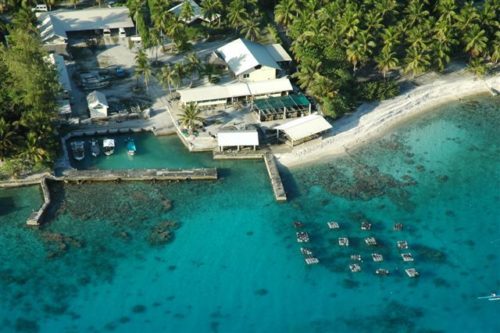
Oysters are often referred to as ecosystem engineers because of the way they shape and sustain their surroundings. They attach themselves to rocks, reefs, or seabeds, forming oyster beds or reefs that provide shelter and breeding grounds for numerous marine species. These reefs are vital to marine biodiversity, serving as habitats for fish, crustaceans, and other mollusks. Without healthy oyster populations, many underwater ecosystems would struggle to survive.
One of the most important contributions oysters make to the environment is their role as natural water filters. Oysters feed by drawing in water, extracting plankton and other organic materials, and then expelling the cleaned water back into their surroundings. A single oyster can filter up to 50 gallons of water per day, helping to maintain water clarity and quality. This process benefits not just oysters but the entire ecosystem, as cleaner water allows sunlight to reach underwater vegetation, which in turn supports more marine life.
Pearls form best when oysters live in clean, nutrient-rich waters. Since oysters are highly sensitive to pollution and changes in water quality, their presence is an indicator of a healthy marine environment. Sustainable pearl farming practices prioritize maintaining these pristine conditions, as poor water quality can negatively impact both oyster health and the quality of pearls they produce.
Unlike industries that deplete natural resources, pearl farming (also known as pearl cultivation) can be highly sustainable when done responsibly. Since oysters require clean water and thriving marine ecosystems, pearl farmers actively work to protect and restore their surrounding environments. Many pearl farms practice regenerative aquaculture, which involves replenishing oyster populations and maintaining the biodiversity of local waters.
Additionally, unlike wild oyster harvesting, which can lead to the depletion of natural oyster populations, cultured pearl farming ensures that oysters are carefully nurtured and used for multiple pearl production cycles. This approach allows oysters to continue their natural role in the ecosystem while also producing high-quality pearls.
The survival of oysters—and, by extension, the availability of pearls—is directly tied to the protection of marine ecosystems. Threats such as water pollution, climate change, and overfishing can severely impact oyster populations, making conservation efforts critical. Many pearl farmers, marine biologists, and conservationists collaborate to protect oyster habitats by:
By ensuring that oysters can thrive, we not only protect a vital component of marine ecosystems but also sustain the centuries-old tradition of pearl cultivation.
In essence, oysters are much more than just the source of pearls—they are key players in maintaining ocean health. Their ability to filter water, support marine life, and contribute to sustainable industries makes them indispensable. When you wear a pearl, you’re not just wearing a gemstone—you’re carrying a piece of the ocean’s delicate and beautiful balance.
Before pearls are transformed into elegant jewelry, they go through a meticulous preparation process. Both freshwater and saltwater cultured pearls, known for their high luster and quality, are often used in fine jewelry.
By the time pearls reach a jewelry showroom, they have been carefully curated to ensure they meet the highest standards of beauty and durability.
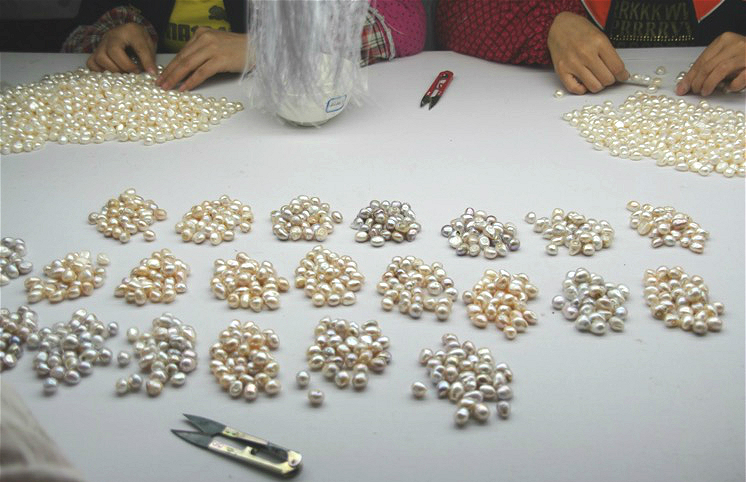
While natural and cultured pearls are considered authentic, imitation pearls, including lab-created pearls, are artificial imitations designed to mimic the look of real pearls.
Lab-created pearls are often made from:
While they may resemble real pearls at first glance, lab-created pearls lack the depth, luster, and durability of genuine pearls. As a result, they are far less valuable and are commonly used in costume jewelry.
Authentic pearls, whether natural or cultured, have a distinct feel and appearance that sets them apart from imitations. To check if a pearl is real:
For guaranteed authenticity, always buy from a trusted jeweler.
Understanding how natural and cultured pearls are made enhances their allure—these remarkable gemstones are not only rare but also a testament to nature’s artistry. Whether you choose classic Akoya pearls, exotic Tahitian pearls, or luxurious South Sea pearls, each one tells a unique story shaped by time, nature, and craftsmanship. And when it comes to owning pearls for yourself, the cultured pearl industry has played a significant role in making these exquisite gemstones accessible to a wider audience.
At The Pearl Source, we take pride in offering only genuine, high-quality pearls, sourced from the most reputable pearl farms around the world. Whether you’re looking for classic Akoya pearls, exotic Tahitian pearls, or luxurious South Sea pearls, every piece in our collection is carefully selected for its beauty, luster, and authenticity. With a commitment to excellence and sustainability, we ensure that our pearls meet the highest standards—so you can wear them with confidence for a lifetime. Explore our collection and experience the elegance of real pearls today.
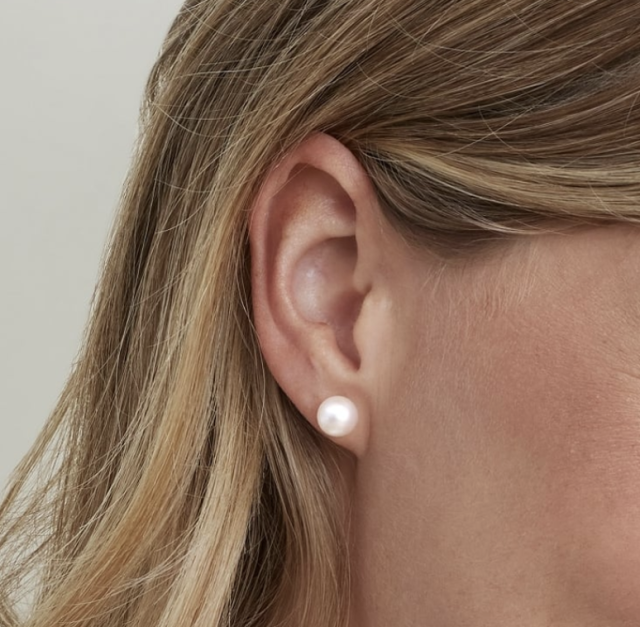
Signup now and receive an email once I publish new content.

Content Writer and Editor at The PearlSource
Kate Muirhead is the editor and content writer for leading pearl retailer The Pearl Source. She believes in the power of signature jewelry, and that collecting it is half the fun.